Apple is rapidly expanding its data center footprint, but not without sophisticated plans to manage its environmental impact. Here's a look at the company's ambitious efforts to build the world's greenest data centers.
Other segments in this series have looked at Apple's commitment to building the world's greenest data centers, the company's jump start in construction at its Reno data center site, the massive scope of site preparation, the sophisticated water technology being installed and the futuristic data conduits that deliver iCloud's digital packets at the speed of light.
With great power comes great accountability
Data centers are notorious power hogs. Essentially warehouses packed with stacks of servers (pictured above), Apple's facilities support billions of electronic transactions every day, requiring massive processing power. Densely packed racks of servers in vast buildings (pictured below) can consume as much electricity as a small town.
Apple is now hosting 2 billion iMessages per day among its 250 million iCloud users, via both tens of millions of Macs and the installed base of 500 million iOS devices.
In 2012, the company's data centers also handled an estimated $8.1 billion in iTunes media transactions (including around $4.4 billion in music sales and $3.7 billion in video content) as well as an additional $7.5 billion worth of App Store sales.
Additionally, last month Apple reported coordinating the billionth download of free iTunes U educational content.
The company's data centers also handle massive terabytes of iCloud documents and Photo Stream pictures, iOS device backups, emails, calendars and contact syncs, as well as supporting iPhone location lookups, iBooks, Maps, Siri and software updates for Mac OS, iOS and hundreds of thousands of App Store titles.
A recent study by Strategy Analytics noted that Apple's iCloud is now the largest supplier of online media services for American consumers, equaling the usage of Dropbox and Google combined.
The racks of hardware supporting all of these services not only consume large amounts of power to operate, but also generate lots of heat that must be evacuated from the densely packed equipment, a task that requires lots of additional energy. As a significant new player in data center construction, Apple faces the task of building without destroying the environment.
From salvaged assets to new construction
Apple entered the data center business with its 2006 acquisition of a mothballed, 107,000 square foot facility originally built by WorldCom/MCI for web hosting. That Newark, California facility (shown below), located about a half hour drive from Apple's Cupertino headquarters, was originally built in 2001, just after he collapse of the dot com bubble. Prior to Apple's purchase, it had never actually been used.
As part of the company's "net zero energy policy," Apple states it has "optimized energy use" in that facility, while it has also "designed new facilities from the ground up with energy efficiency as a fundamental principle."
In 2009, rumors began to swirl around the company's first custom built data center, located in Maiden, North Carolina (pictured below). Apple now notes that it "is the only data center facility of its size and type to have earned LEED Platinum certification" for environmentally efficient and sustainable design.
LEED (Leadership in Energy and Environmental Design) certification awards "points" based on a program developed by the U.S. Green Building Council, with respect to "Sustainable Sites, Water Efficiency, Energy and Atmosphere, Materials and Resources, and Indoor Environmental Quality." There are four levels of certification, with Platinum being the highest.
Lessons learned in the design and construction of the Maiden facility are now being spread to two new data centers now under construction: Apple's third data center in Prineville, Oregon and a fourth in development near Reno, Nevada.
Clean energy, efficient design, green buildings
Early last year, Apple reports it was "granted regulatory approval to procure renewable energy directly from the wholesale market for our Newark, California, data center through California’s Direct Access program." As a result, Apple is now operating its initial, acquired facility entirely with renewable energy "sourced mostly from California wind."
In Maiden, Apple developed a series of energy efficient programs, including sophisticated monitoring of power consumption and cooling requirements. Apple is water cooling server equipment using a massive chilled water storage system (pictured above) that improves "chiller efficiency by transferring 10,400 kWh of electricity consumption from peak to off-peak hours each day," the company notes.
It adds that at night and during cool weather hours, "free" outside air cooling enables it to turn off its water chillers 75 percent of the time. "Cold-air containment pods, with variable-speed fans controlled to exactly match air flow to server requirements from moment to moment," enable "extreme precision in managing cooling distribution."
Last year, Apple "built the nation’s largest end user–owned, onsite solar photovoltaic array on land surrounding the data center" in Maiden, a 100 acre, 20 megawatt system (shown above) that the company plans to double with an equally large solar field that's expected to be complete by the end of this year.
Apple's Maiden site also completed a new 10 megawatt fuel cell installation (shown below) fueled by landfill biogas, making it also the "largest non-utility fuel cell installation operating anywhere in the country."
The company worked with Duke University's Nicholas Institute for Environmental Policy Solutions to help develop a biogas market within North Carolina to power the fuel cells, which the company cites as "an example of Apple driving improvements in renewable energy availability."
Greenpeace offers no peace for the green
While Apple was developing and building these pioneering green facilities in Maiden, Greenpeace was fundraising with a widely publicized report that specifically attacked Apple for building a data center in what Greenpeace called the "dirty data triangle," implying that construction in North Carolina "indicates a lack of a corporate commitment to clean energy supply for its cloud operations" by the company due to the region's preexisting dependance on on coal and nuclear energy.
Greenpeace confidently published a "clear energy index" score that ranked Apple dead last among a series of other companies that operate data centers based on the group's faulty assumptions, as well a giving the company arbitrary "scores" that ranged from Cs to a failing F for its "infrastructure siting."
Greenpeace had incorrectly estimated that Apple's Maiden facility would draw 100 megawatts, arriving at this figure by simply multiplying what the group called a "fairly standard energy efficiency factor" against the amount of money Apple was known to be investing in the facility. It also incorrectly assumed Apple's Prineville facility would be powered by coal, despite the fact that one of the main attractions to the Oregon location is the region's plentiful hydroelectric power generation.
Apple responded to the Greenpeace report with the statement, "our data center in North Carolina will draw about 20 megawatts at full capacity," adding that, "we believe this industry-leading project will make Maiden the greenest data center ever built, and it will be joined next year by our new facility in Oregon running on 100% renewable energy."
Essentially, rather than crediting Apple for investing so much money to design and build innovative, green data centers, Greenpeace jumped to the conclusion that Apple would spend its money building vast facilities of only average performance. Without any fact checking, Greenpeace advertised its flawgic as fact.
After being corrected by Apple, the group then unapologetically bashed the company for spending the extra money to go green, issuing a sarcastic statement that said, "while Apple is well known for making more expensive consumer products, if Apple’s plans for the $1 billion investment only generates 20MW in power demand, that would be taking the ‘Apple premium’ to a whole new level."
The group's wildly inaccurate "report" mirrored an earlier "Guide to Greener Electronics" promotion run by Greenpeace in 2006, which similarly ranked Apple near the bottom of its competitors in scores purporting to profile the company's recycling efforts and use of toxics in manufacturing based on criteria that had little to do with reality.
Other tragedies and roadblocks for Apple's green data center plans
Just six months before Greenpeace issued its "Dirty Data Center" smear attack, Apple had suffered the untimely death of Olivier Sanche, the 41 year old head of its global data center operations.
Sanche was a pioneer in data center efficiency and a leader in thinking differently about the planning and construction of data centers in general. Sanche had previously helped eBay to build a LEED Gold data center, and helped set in motion Apple's even more ambitious plans for Maiden.
At his death, a friend noted that Sanche "loved being at Apple as he could do things he could get done no where else. He had vision, passion, and drive to do the right thing, especially for the environment," adding that "one of the sadder parts is Olivier couldn’t talk about what he was doing at Apple."
Following the loss of Sanche, in April 2011 Apple was reported to have hired Kevin Timmons, who had previously worked on data centers for Yahoo and then Microsoft.
However, Microsoft's chief executive Steve Ballmer opposed Timmons' departure. After after failing in his negotiations to retain Timmons at Microsoft, Balmer reportedly threatened legal action against Apple over the hire.
As a result, Timmons found work elsewhere and Apple instead hired Scott Noteboom, the former chief of Yahoo's Global Data Center Infrastructure. At Yahoo, Noteboom had been tasked with "managing all aspects of the data center lifecycle— from design, construction, operations, to de-commissions," and had expanded the company's data center growth by a factor of ten.
Innovative green projects in Oregon and Nevada
Apple is continuing to expand its pioneering efforts in Maiden to build sustainable, environmentally sound data centers in other new locations. The company stated that its Prineville data center (shown below, under construction in mid February) has worked with "a number of renewable energy generation providers to develop and purchase power from local wind, solar, and micro-hydro resources."
The company explained that its use of "micro-hydro projects" means it will "generate power from water flowing through irrigation canals, which are already part of the agricultural framework of Oregon." Apple's new Reno data center will also take advantage of local energy efficient attributes, including the site's "excellent natural solar radiation and geothermal resources."
A source familiar with the company's plans told AppleInsider he was particularly impressed with the level of innovation the company was demonstrating in planning the new site, with a focus on minimizing its environmental impact.
Both the Oregon and Nevada sites additionally benefit from dry, moderate climates that enable efficient use of evaporate cooling systems that consume much less energy than conventional air conditioning systems.
Despite Apple's extensive and expensive efforts to build "green," it's still maintaining a very rapid pace of expansion in its data center construction. AppleInsider has learned that the company expects to have massive new facilities up and operating by the end of the year, including vast new buildings that haven't even started in their construction yet.
While there's no end in sight to the growth being seen in iOS device sales and their related Siri, Maps, iTunes and App Store services, the size and scale of Apple's data center expansion suggests that the company is likely to unveil significant new iCloud services this year, perhaps as soon as the Worldwide Developer Conference this summer.
 Daniel Eran Dilger
Daniel Eran Dilger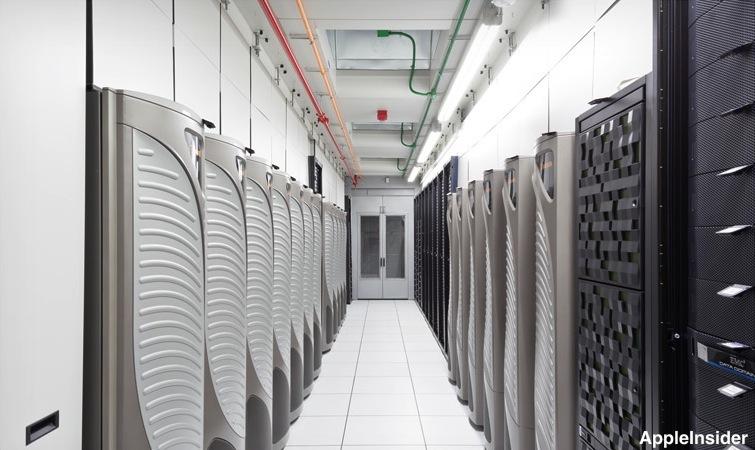
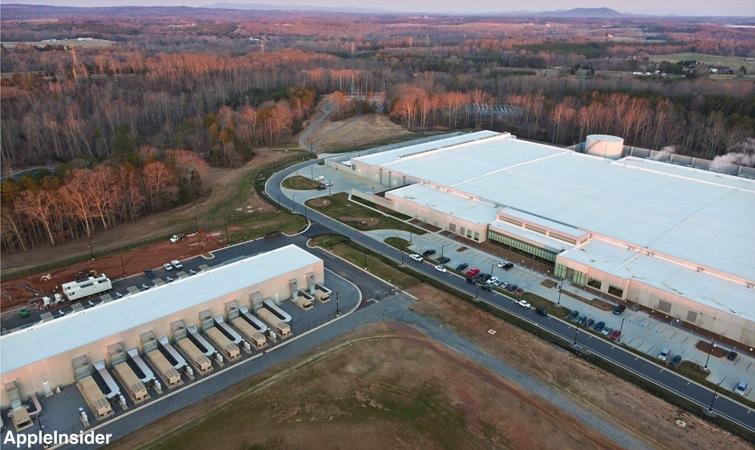
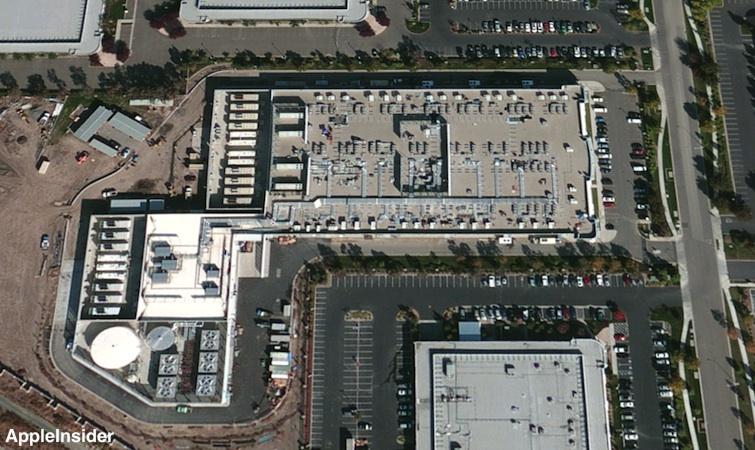
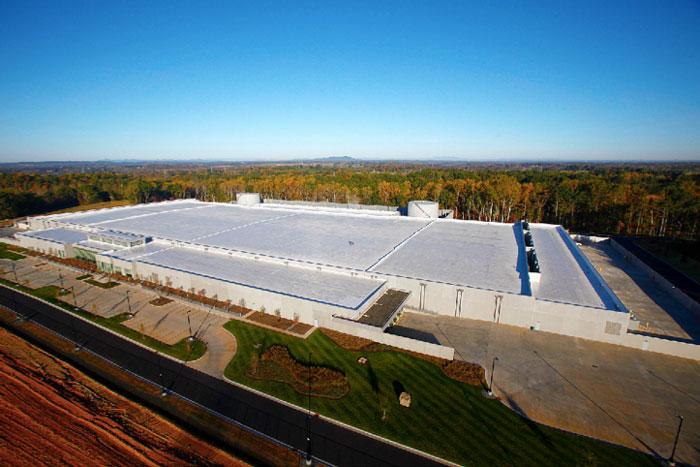
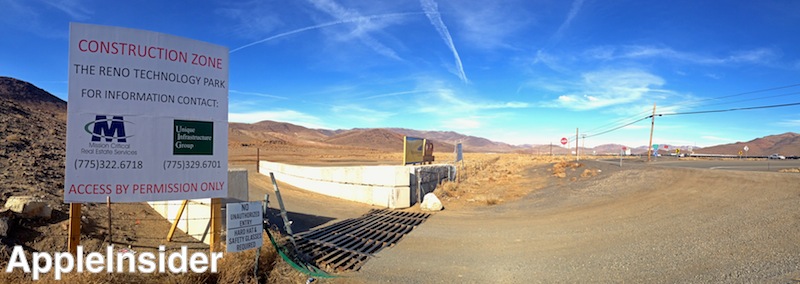
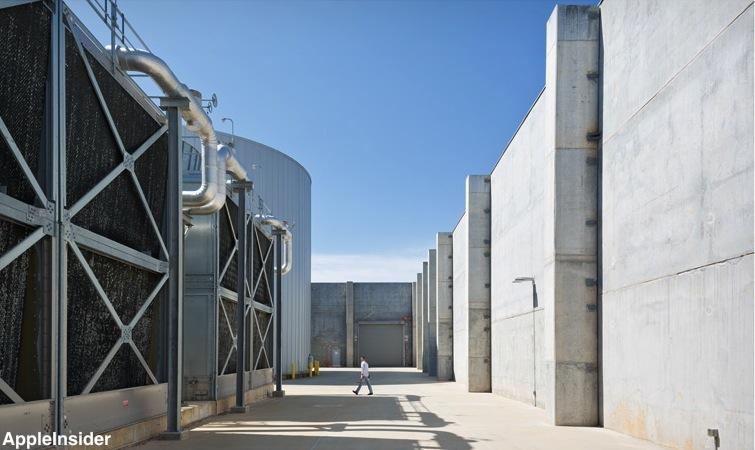
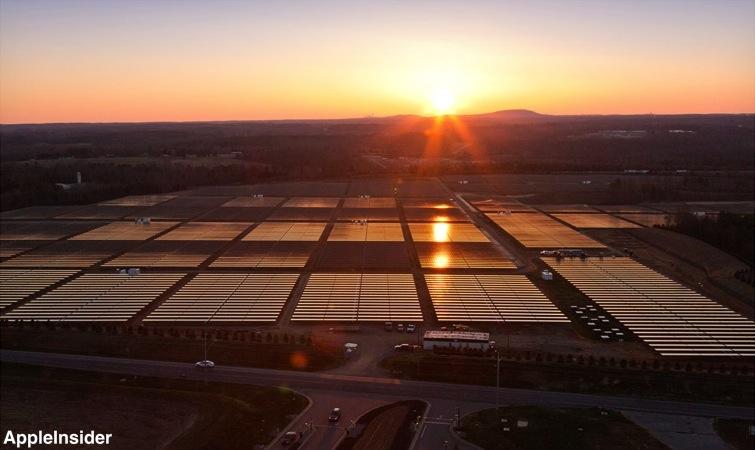
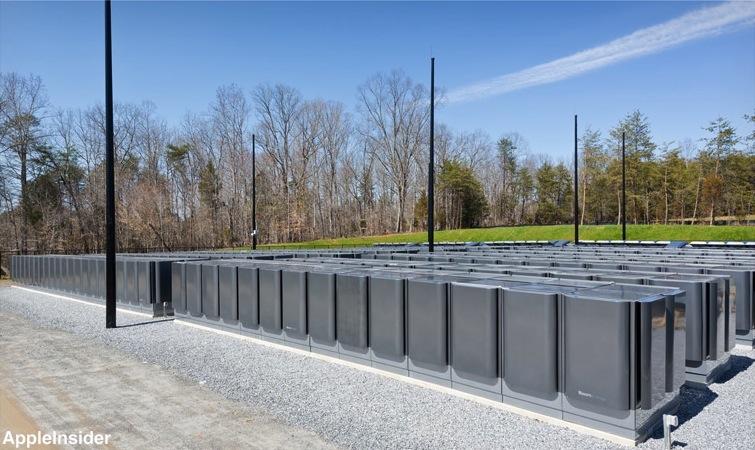
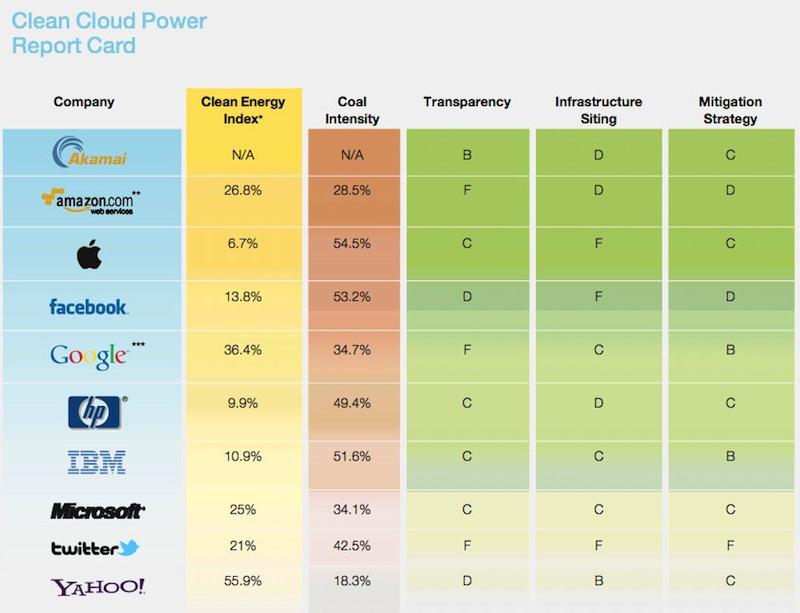
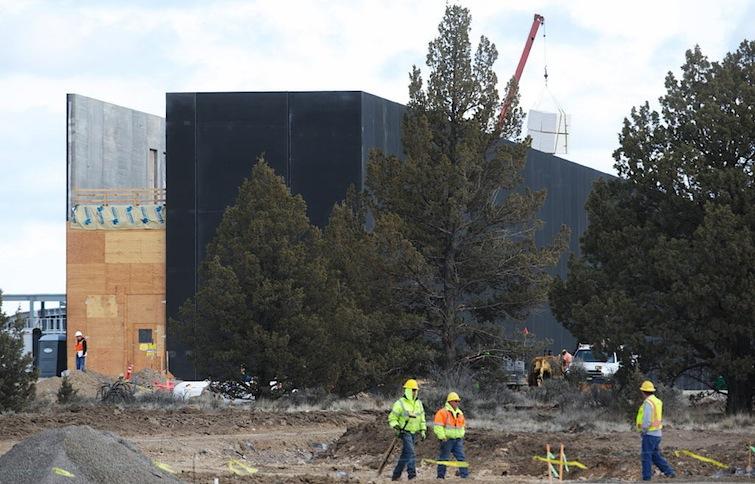


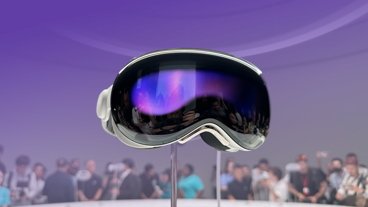


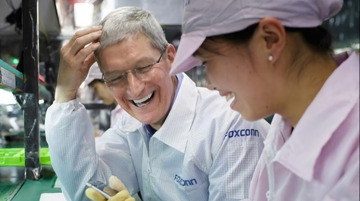

-m.jpg)






 Christine McKee
Christine McKee
 Charles Martin
Charles Martin
 Mike Wuerthele
Mike Wuerthele
 Marko Zivkovic
Marko Zivkovic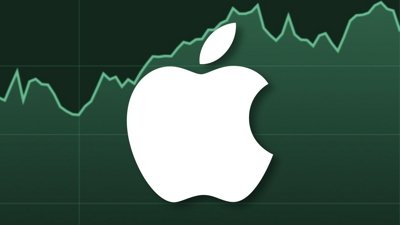
 Malcolm Owen
Malcolm Owen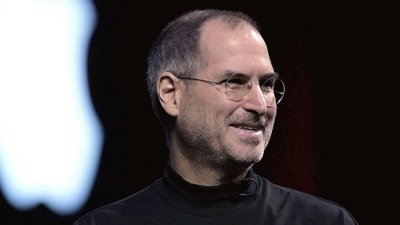
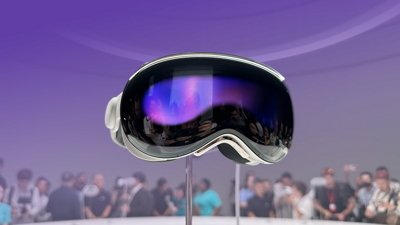
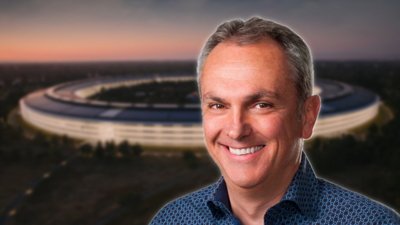
 William Gallagher
William Gallagher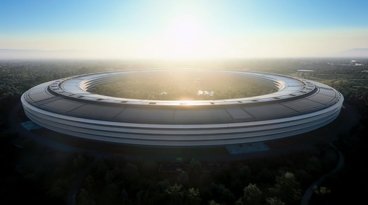
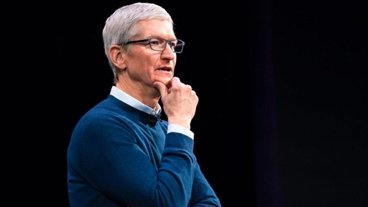
-m.jpg)






64 Comments
I really like these types of articles. And data centers are interesting to me, mostly because of the humongous numbers. A good thing that there's a guy walking in one of the pictures, that way we get a sense of the size of it all. It's all staggering; wish there were 'open house' days so we can visit one of these biggies. I've only been to the KPN CyberCenter in [URL=http://www.datacentermap.com/the-netherlands/schiphol-rijk/kpn-cybercenter-amsterdam_connectivity.html]Amsterdam[/URL], and 'wasn't all that impressed'. Granted, small country, so small data center. Some random links, ignore at will: http://www.datacentermap.com/cloud.html http://en.wikipedia.org/wiki/Data_center https://itunes.apple.com/app/akamai-internet-visualization/id502695146?mt=8 edit: POI: Maps on iOS doesn't have 3D 2B iMessages among 250M users makes for 8 msg/d $8.1B iTunes media sales in 2012 makes for ? 1M/hour, App Stores a little less than that (in addition to)
Do anyone know how many full size Rack can Apple's Data Center Host?
It's great to see Apple's thorough approach to such vital issues. As electricity becomes more expensive and climate change's effects become more prominent then issues like this will be at the forefront if we're to continue having usable data centres at all over the next 50 years ...
[quote name="ksec" url="/t/156639/apples-icloud-reigning-over-the-greenest-data-centers-on-the-planet#post_2299908"]Do anyone know how many full size Rack can Apple's Data Center Host?[/quote] I have no idea, not can I estimate it. And to make a really nitpicking remark: how many of what? Number of servers, bytes, racks - what? Size is stretchable ¡
He asks very specific, how many RACKS.